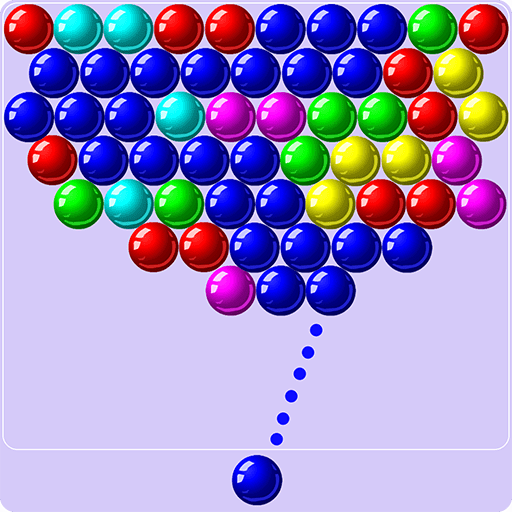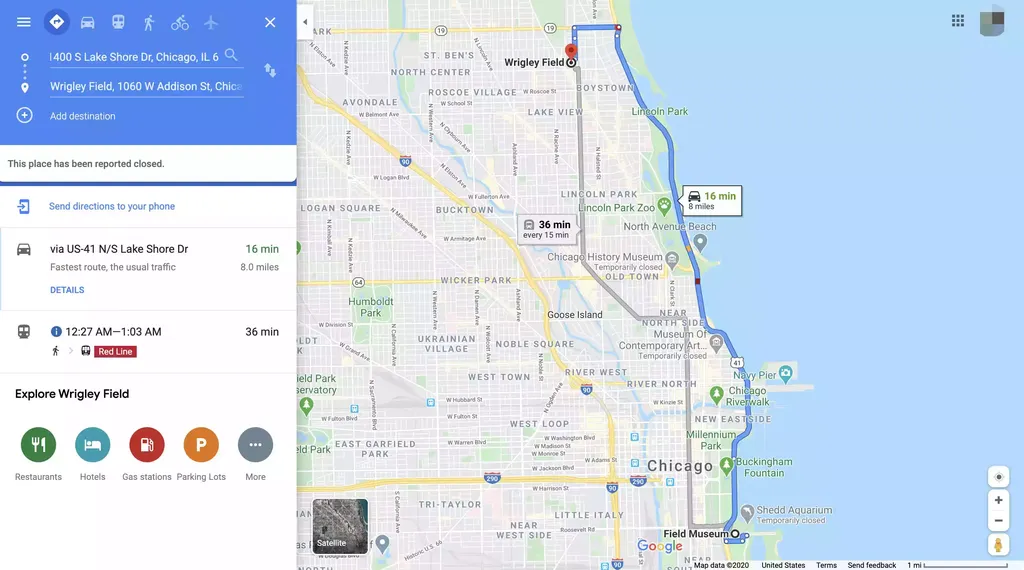‘Pea’ is a countable noun, so we must say ‘many peas’. In English grammar, countable nouns are those that can be counted and have a singular and plural form. When we talk about peas, we can count them individually, so we use the plural form ‘peas’ when referring to more than one pea.
Here are some examples of how ‘pea’ is used as a countable noun:
- I ate many peas for dinner.
- She planted several peas in her garden.
- There are five peas in this pod.
On the other hand, uncountable nouns cannot be counted or have a plural form. They are used to refer to things that are seen as a whole or substances that cannot be divided into individual units. For example, we say ‘much water’ and not ‘many waters’.
It’s important to note that ‘pea’ can also be used as an uncountable noun when referring to the substance or puree made from peas. In this case, we use ‘pea’ as a mass noun, and it does not have a plural form.
Here are some examples of how ‘pea’ is used as an uncountable noun:
- I made a delicious pea soup.
- She added a spoonful of pea puree to the dish.
- The recipe calls for a cup of cooked peas.
Overall, the noun ‘pea’ can be both countable and uncountable depending on the context in which it is used. When referring to individual peas, it is a countable noun, and when referring to the substance or puree made from peas, it is an uncountable noun.
Can we count peas?
Yes, we can count peas. Peas are considered countable nouns because they can be easily quantified. When we count peas, we can use numbers to specify the quantity, such as «one pea,» «two peas,» «three peas,» and so on. Countable nouns refer to things that can be counted as individual items or units.
Countable nouns can be both singular and plural. In the case of peas, we can refer to a single pea or multiple peas. For example, «I have one pea on my plate» or «There are many peas in the garden.»
It’s important to note that countable nouns can be modified by both indefinite articles (such as «a» or «an») and definite articles (such as «the»). For example, we can say «I ate a pea» or «I planted the peas.»

Are peas and beans countable or uncountable?
Las arvejas y los frijoles son contables en inglés, lo que significa que pueden ser contados individualmente. Estos términos se utilizan comúnmente para referirse a diferentes tipos de legumbres que se consumen como alimento en todo el mundo. Las arvejas y los frijoles son conocidos por ser una excelente fuente de proteínas, fibra y varios nutrientes esenciales.
Las arvejas, también conocidas como guisantes, son pequeñas semillas verdes que se encuentran dentro de una vaina. Hay varios tipos de arvejas, como las arvejas verdes, las arvejas negras y las arvejas partidas. Se consumen frescas, congeladas o enlatadas, y se utilizan en una variedad de platos, desde sopas y ensaladas hasta guisos y salteados.
Los frijoles, por otro lado, se refieren a un grupo más amplio de legumbres que incluye variedades como los frijoles negros, los frijoles rojos, los frijoles pintos y los frijoles blancos. Estas semillas son ricas en proteínas y se utilizan en una amplia gama de platos, como chili, tacos, ensaladas y sopas. Los frijoles también se pueden convertir en pasta de frijoles o se pueden usar para hacer hummus.

Is peas singular or plural?
Las palabras «peas» puede ser tanto singular como plural, pero su forma más comúnmente utilizada es en plural. «Peas» es el plural de «pea», que se refiere a la semilla redonda y comestible de la planta Pisum sativum, de la familia de las leguminosas.
Las guisantes son ampliamente cultivados y consumidos en todo el mundo debido a su alto contenido de nutrientes, como proteínas, fibra y vitaminas. Son una excelente fuente de proteínas vegetales y se utilizan en una variedad de platos, como sopas, ensaladas, guisos y acompañamientos. Además, se pueden comer tanto frescos como congelados o enlatados, lo que los convierte en un alimento versátil y conveniente.

Is beans countable or countable?
Beans are considered a countable noun. This means that they can be counted and have both a singular and plural form. When referring to the food item, «bean» is typically used in the singular form, while «beans» is used in the plural form.
Countable nouns like beans can be used with numbers and determiners such as «a,» «an,» or «some.» For example, you can say «I would like a bean» or «I have some beans.» Additionally, countable nouns can be used in the plural form to indicate more than one, such as «I have three beans.»
Sustantivos contables y no contables en inglés. Countable and uncountable nouns.

















